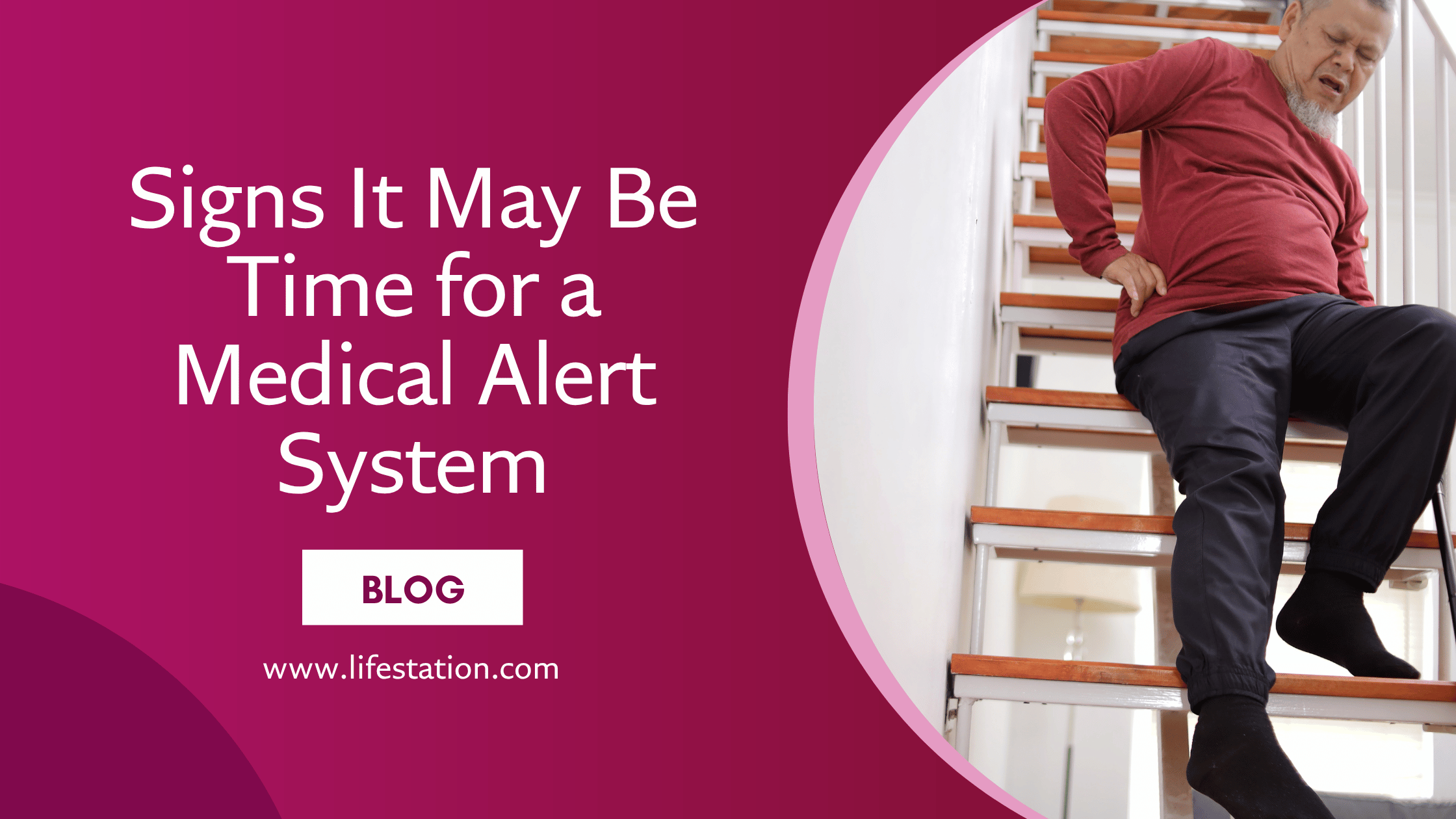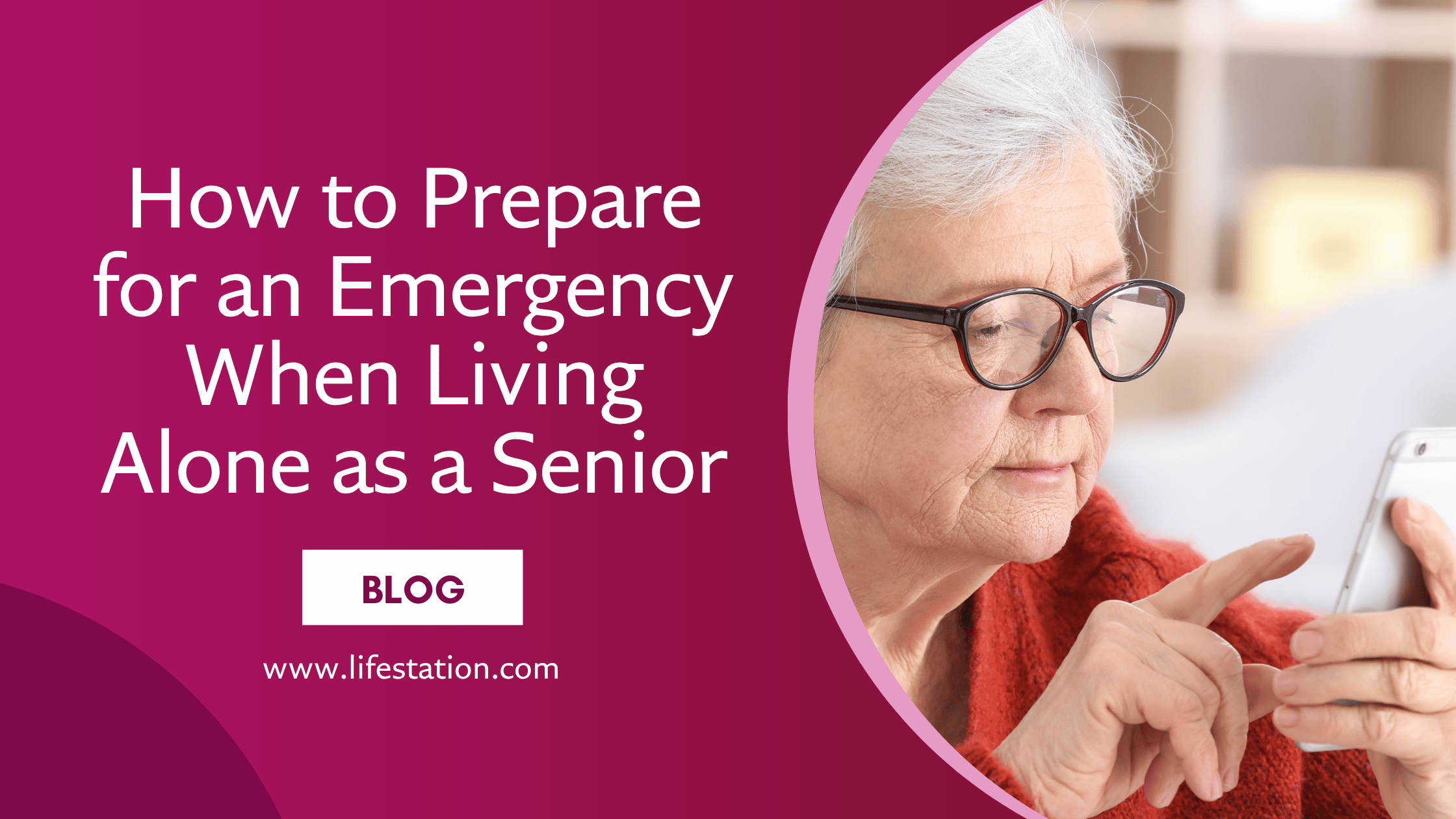Peace of Mind & Independence is One Call Away
(888) 493-1475 - Click to Call get a FREE MONTH of service.
One Press Can Change Everything
No one likes the idea of needing help. And for many people who’ve spent a lifetime taking care of themselves—and others—it’s easy to think a medical alert system is something “for someone else.”
But here’s the reality: slips happen. So do unexpected health issues. And when they do, having immediate access to emergency assistance isn’t about giving up independence—it’s about protecting it.
What happens when you press a medical alert button? You stay in control. You connect to a real person, right away. You get help if you need it, and peace of mind if you don’t. It’s discreet, reliable, and worn comfortably as part of your daily routine—no disruption, no fuss.
A wearable device doesn’t limit your freedom. It supports it. And for your family members, it offers reassurance without constant check-ins or worry.
This isn’t about preparing for the worst. It’s about making sure you—and the people who care about you—have confidence in every day ahead.
Who Uses Medical Alert Devices—and Why?
There’s a misconception that medical alert devices are only for the very elderly or extremely frail. But the truth is, millions of people across all age groups use them every day—not because they’re helpless, but because they’re smart about staying safe.
In fact, more than 3.4 million people worldwide rely on some form of personal emergency response system, with 2.4 million users in the U.S. alone. That number continues to grow, and it’s not hard to see why.
Yes, older adults—particularly those living alone or managing chronic conditions—are the most common users. But many younger adults with medical conditions, like epilepsy, heart issues, or mobility challenges, also choose to wear a wearable medical alert device as part of their daily routine.
It’s not about dependence. It’s about having a plan. Whether it’s for sudden emergencies, falls, or unpredictable symptoms, these devices give both users and their family members the confidence that help is always within reach.
Choosing to wear a medical alert device isn’t a sign of weakness—it’s a practical step toward protecting your independence and your well-being.
Step-by-Step—What Happens When You Press the Button
From Button Press to Emergency Response
No guesswork. No confusion. Just a clear, reliable system designed to get you help fast.
Here’s exactly what happens when you press the emergency button on your wearable medical alert device or base station:
1. A Signal Is Sent Instantly
The moment the button is pressed, a signal travels to LifeStation’s UL-listed monitoring center through either a cellular network or landline telephone connection. The system is built with redundancy, so even during a power outage, the backup battery keeps your protection active.
2. Trained Operators Respond Within Seconds
At the heart of every response is our award-winning monitoring center, recognized for excellence by The Monitoring Association. Staffed 24/7/365 by trained operators, our centers are located in multiple U.S. regions to ensure reliability, even in the face of local outages or extreme weather.
LifeStation doesn’t outsource these services—you’re connected to professionals who specialize in emergency alert system response, and who are trained to handle high-pressure, high-stakes situations with calm and care.
3. Two-Way Communication Begins
Through your base unit or directly from your wearable device, you’ll speak with an operator using two-way communication. You don’t have to reach for a phone, dial numbers, or explain your location—it’s all handled for you.
4. Help Is Sent Based on What You Need
The operator will quickly assess the situation. If you’re in distress, they’ll notify your emergency contacts or dispatch local emergency services. If necessary, emergency medical services personnel are alerted immediately. If it’s a false alarm or you’re okay, that’s all they need to know—no unnecessary action taken.
Emergency Response—How Help Arrives
Wearing a medical alert system doesn’t mean handing over control. It means having support when you want it—and smart action when you need it.
Once a situation is assessed, the operator takes the next step based on what you need at that moment.
If you’re able to communicate and request help, they’ll follow your instructions. That might mean reaching out to your emergency contacts—a family member, caregiver, or neighbor—so you’re never alone but still on your terms.
But if there’s no response or the situation is clearly serious, the operator doesn’t hesitate. They contact emergency responders immediately and provide them with your exact location using GPS tracking (a feature available in mobile systems) to ensure that emergency medical professionals can reach you without delay.
This level of emergency response is available anywhere in the U.S., with nationwide coverage built into LifeStation’s network of mobile medical alert systems. Whether you’re at home, running errands, or visiting a friend, help is just one press away—and the system knows how to get it to you, fast and accurately.
These decisions aren’t made lightly. They’re made with care, based on the real-time information provided by your emergency alert system, and always with the goal of protecting your independence, health, and peace of mind.
Smart Technology That Works When You Can’t
Most of the time, pressing the button is all it takes. But what if you can’t?
That’s where automatic fall detection comes in. LifeStation’s advanced medical alarm technology uses built-in sensors to detect movement patterns that signal a true emergency, even if the user is unconscious or immobilized. It’s designed to trigger an alert when you can’t reach your device yourself—bringing help when it matters most.
While fall detection is powerful, it’s only part of what makes LifeStation’s medical alert equipment so reliable. The systems are built with everyday realities in mind—like a power outage or being away from home.
With options that connect through cellular networks, landlines, or Wi-Fi, and supported by a backup battery, LifeStation ensures you’re always covered. The base unit and wearable devices are powered by automated technology that keeps running when other systems might fail.
And behind it all is a monitoring center staffed 24/7, recognized by the Monitoring Association for excellence. This means your system doesn’t just alert—it connects you to a real, trained person, anytime, day or night.
Want to know more about how fall detection works and when it activates? Read our full guide on fall detection and automated alerts here (insert link to new page when uplaoded).
Choosing the Right Medical Alert System
Finding the right medical alert system starts with knowing how you live—and what kind of protection brings you the most confidence.
LifeStation offers both in-home systems and mobile medical alert options. Whether you spend most of your time at home or you’re frequently on the go, there’s a solution designed to fit your lifestyle.
Some users prefer medical alert bracelets or lanyards with an emergency alert button—discreet, easy to wear, and always within reach. For those who need help outside the home, mobile medical alert systems with GPS tracking provide added reassurance and nationwide coverage.
Every setup connects directly to LifeStation’s professional medical alert service, ensuring fast, reliable support when it’s needed most.
Not sure which system is right for you or a loved one? Explore LifeStation’s guide to choosing the best medical alert system to compare features, coverage, and comfort.
The Value of Peace of Mind
Wearing a medical alert device might feel like a big step—but for the people who care about you, it’s everything.
For family members, knowing you have direct access to emergency help provides a level of reassurance that daily check-ins and “I’m fine” texts can’t match. It means less worry, fewer what-ifs, and more trust that you’re safe, even when you’re alone.
And for you? It means real peace of mind. The kind that protects your independence, supports your well-being, and still gives you full control. If something happens, help is right there—immediate, professional, and reliable.
It’s not about expecting the worst. It’s about making sure that, if something does happen, you’re prepared—and no one has to wonder, “What if?”
One Button, a Life-Saving Connection
So let’s come back to the question: what happens when you press a medical alert button?
You get immediate assistance. You stay connected. You remain in control. And you give your loved ones the gift of knowing you’re never without support.
Explore LifeStation’s medical alert systems today and give yourself—and your loved ones—the peace of mind that comes with 24/7 support.
Do medical alert systems work if I’m not at home?
Yes—mobile medical alert devices are specifically designed for people who are active and on the go. These systems often include GPS tracking and cellular connectivity, so you’re protected whether you’re walking the dog, shopping, or visiting friends. Just make sure the system you choose offers nationwide coverage and is built for mobility.
Are most medical alert systems complicated to use?
No—most medical alert systems are designed for simplicity. One button, clear voice prompts, and automatic response features make them accessible even for users who don’t consider themselves tech-savvy. The goal is to make getting help fast, easy, and stress-free.
How do I know if medical alert systems work in my area?
Medical alert systems work using either landlines or cellular networks, depending on the setup. Most providers will check your zip code to ensure coverage, and reputable companies (like LifeStation) will help you choose the right system for your location and lifestyle.
What makes most medical alert devices different from each other?
While most medical alert devices share core features like emergency buttons and two-way communication, differences come down to comfort, connection type, battery life, and whether they’re built for home use or mobility. It’s worth comparing options to find what fits your daily routine best.
What is an emergency monitoring center, and who works there?
An emergency monitoring center is the hub that receives your alert when you press the button. It’s staffed 24/7 by trained professionals who are ready to respond in seconds. These operators are not call center agents—they’re emergency-trained responders who know how to act fast, keep you calm, and get you the right help.
Get the Best in Medical Alert Services Now
Request Medical Alert Information
By clicking the Request Brochure button above, you are providing an electronic signature certifying that our company and our affiliates have your consent to contact you at the provided telephone number using an autodialer or prerecorded message in accordance with our Terms of Use. Please note that you are not required to purchase anything from the companies that may contact you. Healthcare providers and anyone interested in getting more information about working with LifeStation, please contact LifeStation business development. By entering an email address, you agree to receive emails periodically from LifeStation. You can unsubscribe from these emails at any time. LifeStation.com will never sell, trade, rent or give away your personal information without your permission. We value and respect your trust in us.

